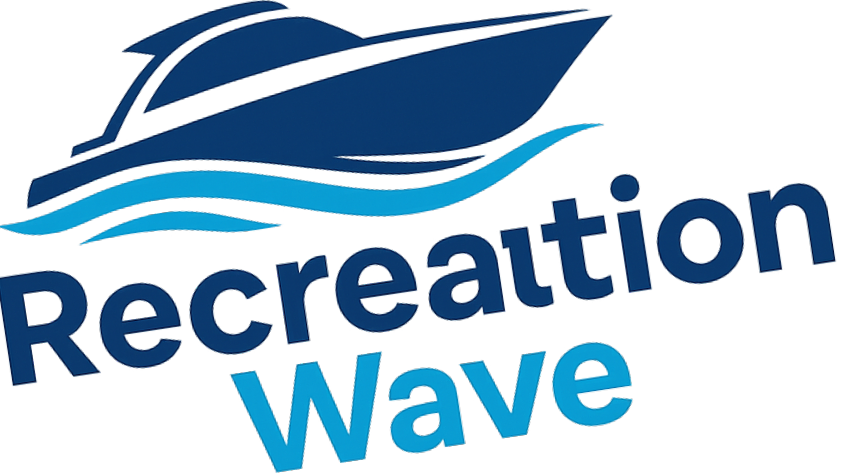
Understanding UV Levels: Why April Matters
April signals the start of the spring boating season in Southwest Florida, a time when the allure of the water coupled with sunny skies invites boaters and adventurers. However, with the sun’s return also comes a steeper climb in UV levels, which can be alarming for unprepared outdoor enthusiasts. In fact, as UV levels surge to ranges between 9 and 11 in April, the risk of sunburn escalates significantly—with unprotected skin burning within just 15 minutes. A little foresight in recognizing these risks can lead to a more enjoyable, safer experience.
How to Properly Protect Yourself from UV Rays
The crucial step in enjoying sunny days on the water lies in meticulous sun protection strategies. Begin with a high-quality, water-resistant, broad-spectrum sunscreen boasting an SPF of 30 or higher. Regular reapplication is key—ideally every two hours—and be especially vigilant if you've been swimming or sweating. While spray sunscreens may be convenient, many experts recommend lotion for more thorough coverage.
Dress Smart: UPF Clothing and Accessories
Beyond sunscreen, consider investing in UPF-rated clothing. Long-sleeved fishing shirts or rash guards can be game-changers, providing excellent protection without the discomfort of sticky sunscreen. Accessories such as wide-brimmed hats, neck gaiters, and polarized sunglasses with UV protection further bolster your defenses against harmful rays while ensuring you look stylish under the sun.
Generating Shade How and When You Can
When you’re spending a day on the water, creating shade is both practical and enjoyable. Hardtops and Bimini tops ensure you have cover during peak sun hours. Additionally, using clip-on sunshades or portable canopies can enhance your shaded areas, making a significant difference in keeping you cool and protected.
Avoiding the Sun's Intensity: Timing Your Outings
Timing your water activities wisely is crucial. The sun reaches its zenith between 10 a.m. and 4 p.m., making it a wise choice to plan outings around these peak hours. For instance, consider waking early for a morning fishing trip, lounging during lunch in a shaded spot, and then enjoying a calm sunset cruise as the sun begins to dip.
Stay Hydrated: The Overlooked Key to Sun Safety
In the tropics, hydration often takes a backseat to the thrilling activities of the day. Nevertheless, it's vital to remain vigilant about fluid intake on hot days. Water is your friend—always pack more than you estimate you will need and sip regularly to avoid dehydration. Keep sugary drinks or alcohol to a minimum, as they can exacerbate your vulnerability to heat exhaustion and sunstroke.
Protecting the Young Ones: Sun Safety for Kids
Kids, as energetic adventurers, require special attention when it comes to sun safety. Ensure they are protected with child-safe, high-SPF sunscreen, UPF clothing, and sun hats. Provide them with a shady nook for naps or play to further reduce their UV exposure, instilling sun-smart habits that build a lifetime of health-conscious fun.
Final Thoughts: Enjoying April's Thrill Responsibly
With April serving up the perfect blend of sun and fun on the water, adhering to these sun-safe guidelines can help ensure that adventures remain joyful and health-conscious. Your skin will thank you later and so will your friends and family who get to enjoy your company for years to come!
Don't overlook these tips on your next boating adventure! Remind yourself and your crew to stay safe while soaking up the sun!
 Add Row
Add Row  Add
Add 




Write A Comment